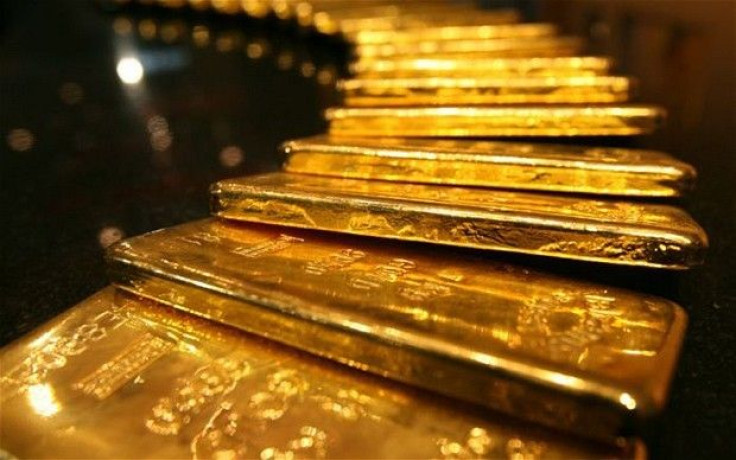Gold Demand Struck 14-year High in 2011: WGC

Gold demand struck 14-year highs in 2011, driven by record investment, buying in China, which could overtake India this year as the world's top consumer, and central bank purchases, which hit their highest in at least 40 years, according to a report on Thursday.
Global demand for gold reached 4,067.1 tonnes last year, the highest tonnage since 1997, due in large part to a nearly 5 percent rise in investment demand, which hit a record 1,640.7 tonnes, the World Gold Council, an industry group, said in its quarterly Gold Demand Trends report.
In the last quarter of the year, China consumed 190.9 tonnes of gold, compared with India's 173.0 tonnes, ranking China top in terms of consumption, something the WGC had not expected last year.
We were still some distance away from the possibility that China might be the larger market in annual demand terms. What we're doing, based on those figures for last year, is sticking our neck out a bit and suggesting that 2012 will be the first year that China does exceed India in terms of tonnage demand, WGC managing director, investment, Marcus Grubb said.
Total demand for gold in China in 2011 rose 20 percent to 769.8 tonnes, driven by jewellery and investment demand, compared with a 7 percent fall in demand in India - the world's largest consumer - to 933.4 tonnes as a result of volatile gold prices and a weak rupee.
Last year, the gold price hit a record $1,920.30 an ounce and swung between this peak and troughs just above $1,300 an ounce, making 2011 a year of almost unprecedented volatility and this year it has risen 10 percent to around $1,730.00.
In spite of such unpredictability, central banks were avid buyers of gold, with 439.7 tonnes' worth of purchases in 2011, more metal than at any time since the end of the gold standard in 1971, compared with 77 tonnes in 2010.
It is certainly a record since 1971 and we do think the trend will continue, Grubb said.
It's worth remembering the buyers are not the same central banks who were sellers of gold throughout the 80s and 90s. The buyers are all ... in Latin America, Asia and the Far East and they are basically enjoying strong growth, fiscal surpluses and growing foreign exchange reserves, he said.
He added that a number of central banks have in the past expressed a desire to raise the amount of gold they hold as a percentage of their reserves.
This isn't a cyclical event. This is a trend that has turned from selling to buying and, as a result, we think that is going to continue in 2012, possibly in a similar magnitude as last year, with purchases of 400-odd tonnes, he said.
EURO ZONE DEBT CRISIS BOOSTS GOLD
The flaring European debt crisis, which continues to threaten the stability of the euro zone, encouraged European investors to increase their purchases of bullion in the form of bars and coins last year.
The WGC reported European demand rose by more than a quarter year on year to 374.8 tonnes in 2011 and said Germany and Switzerland were the main drivers of growth in demand in the region.
Demand for gold in exchange-traded products reached a net 154 tonnes in 2011, compared with 367.7 tonnes in 2010, although more than half of that total materialised in the fourth quarter of last year alone, when ETP demand accounted for 86.8 tonnes.
On the supply side, gold mine output reached a new annual record of 2,809.5 tonnes last year, marking a 4 percent rise on 2010, while recycling fell 2 percent on the year to 1,611.9 tonnes.
The WGC reported that the producer hedge book increased for the first time in a decade last year, with 18 tonnes of hedging added to the estimated outstanding global hedge book of 158.0 tonnes.
It said: 2011 was noteworthy for being the first year of net producer hedging since 1999. However, absolute levels of hedging remain insignificant and are likely to fluctuate around zero over the year ahead. Half the hedging was conducted by base metals miner Boliden, the council added.
© Copyright Thomson Reuters 2024. All rights reserved.











